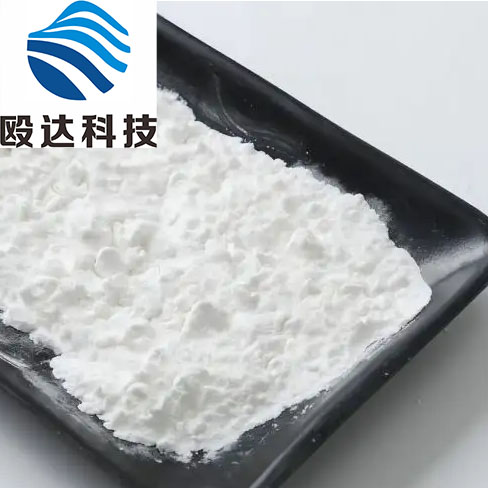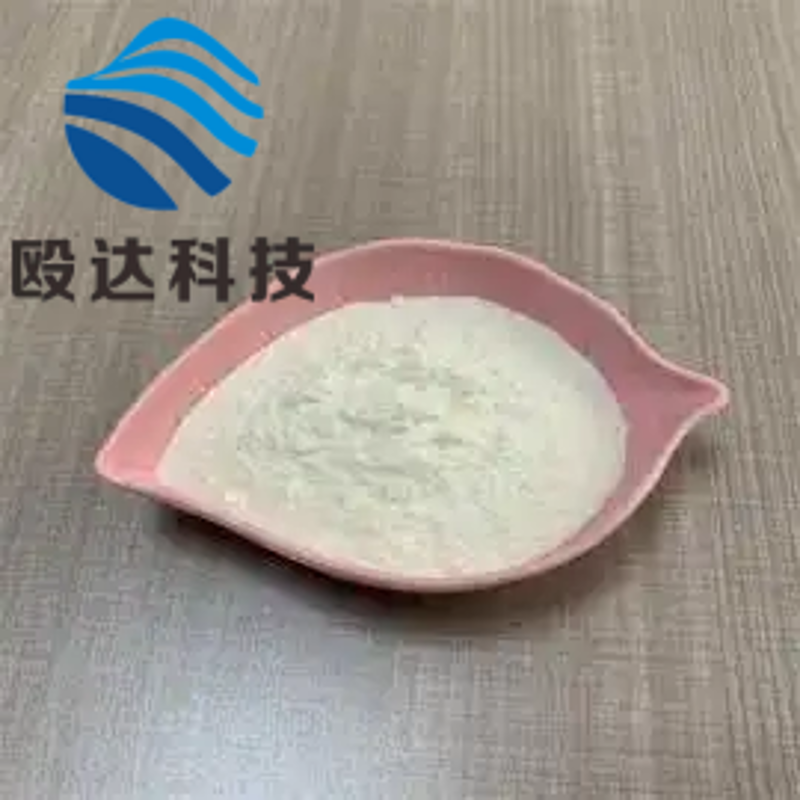-
Categories
-
Pharmaceutical Intermediates
-
Active Pharmaceutical Ingredients
-
Food Additives
- Industrial Coatings
- Agrochemicals
- Dyes and Pigments
- Surfactant
- Flavors and Fragrances
- Chemical Reagents
- Catalyst and Auxiliary
- Natural Products
- Inorganic Chemistry
-
Organic Chemistry
-
Biochemical Engineering
- Analytical Chemistry
- Cosmetic Ingredient
-
Pharmaceutical Intermediates
Promotion
ECHEMI Mall
Wholesale
Weekly Price
Exhibition
News
-
Trade Service
The incidence of type 2 diabetes is rising rapidly worldwide, leading to an increase in cardiovascular complications of atherosclerosis, leading to higher cardiovascular morbidity and mortality in diabetes patients than the general population
There are 6 different metabolic pathways that can promote the production of reactive oxygen species (ROS) in diabetes, namely: (1) enolization and α-ketoaldehyde formation, (2) PKC activation, (3) dicarbonyl formation and glycosylation, (4) Sorbitol metabolism, (5) hexosamine metabolism increases oxidation and (6) tissue damage, including beta islet cells
Results: Compared with other groups, the combined treatment significantly improved TBARS, MDA and ABTS at 4 months (all comparisons p<0.
Table 1 Changes in circulating levels of oxidative stress and antioxidant biomarkers
Table 1 Changes in circulating levels of oxidative stress and antioxidant biomarkers
Figure 4 and 12 months, (a) thiobarbituric acid reactant (TBARS), (b) malondialdehyde (MDA), (c) 2,2¢-diazobis(3- The percentage change (∆) of ethylbenzothiazolin-6-sulfonic acid) diammonium salt (ABTS) from the baseline
Figure 4 and 12 months, (a) thiobarbituric acid reactant (TBARS), (b) malondialdehyde (MDA), (c) 2,2¢-diazobis(3- The percentage change (∆) of ethylbenzothiazolin-6-sulfonic acid) diammonium salt (ABTS) from the baseline
Table 2 Correlation between blood glucose control and changes in oxidative stress indicators
Table 2 Correlation between blood glucose control and changes in oxidative stress indicators
GLP-1RA, SGLT-2i and their combination therapy significantly improved the levels of antioxidant biomarkers in serum and the harmful effects of oxidative modification, respectively
Lambadiari V, Thymis J, Kouretas D, et al.
Effects of a 12-Month Treatment with Glucagon-like Peptide-1 Receptor Agonists, Sodium-Glucose Cotransporter-2 Inhibitors, and Their Combination on Oxidant and Antioxidant Biomarkers in Patients with Type 2 Diabetes.
Leave a message here







